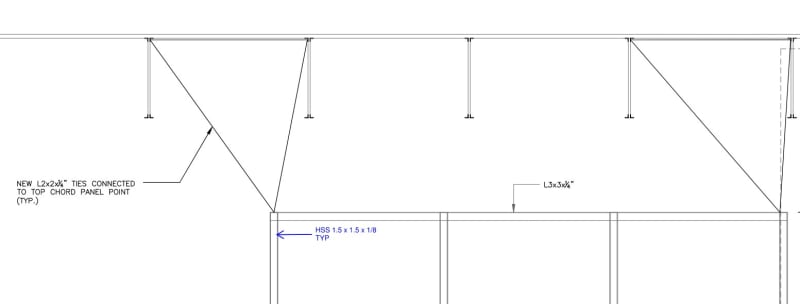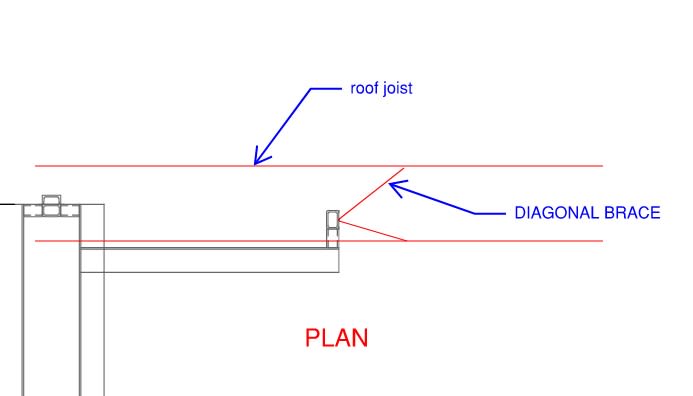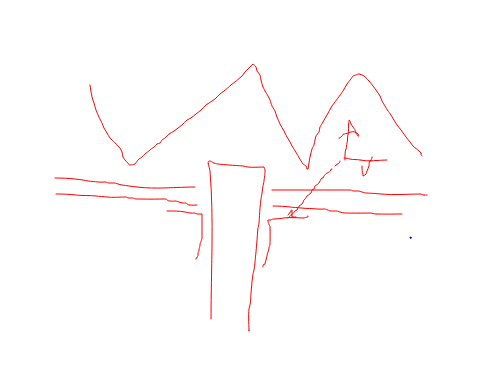Eng_Struct
Structural
Hi Group,
I need to connect (diagonally) an existing racking system to the roof joist to provide lateral support. Unfortunately, the joists are not in line with the posts hence I have to come in on an angle. Just wanted to ask if someone in the group has experienced this kind of situation or can share some ideas as to what the connection detail may look like.


I need to connect (diagonally) an existing racking system to the roof joist to provide lateral support. Unfortunately, the joists are not in line with the posts hence I have to come in on an angle. Just wanted to ask if someone in the group has experienced this kind of situation or can share some ideas as to what the connection detail may look like.




